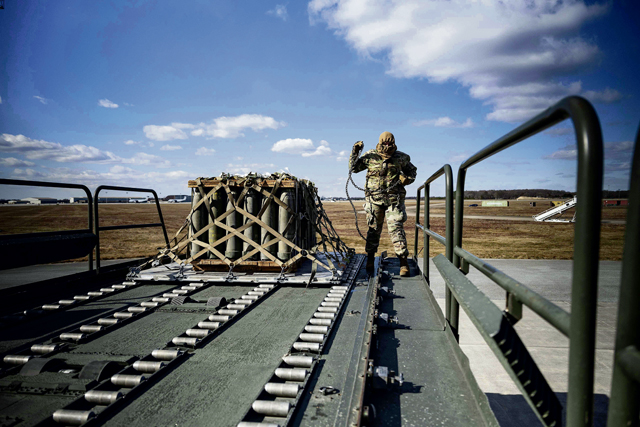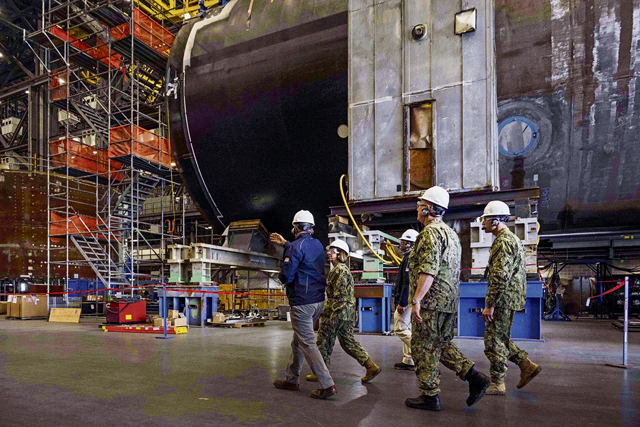
The Defense Department will continue to work closely across agencies and with industry partners as it implements its strategy for strengthening the defense industrial base to meet the future needs of the warfighter, the Pentagon’s top industrial base policy official said.
Laura D. Taylor-Kale, assistant secretary of defense for industrial base policy, said DOD’s National Defense Industrial Strategy represents a bold vision that will require close and sustained collaboration across the full defense industrial ecosystem.
“While we say that it will guide use for the next three to five years, we’re also very much talking about having a generational change,” Taylor-Kale said of the newly released strategy during a discussion hosted by the Center for Strategic and International Studies in Washington, D.C., July 11.

“We understand that there’s a lot that is part of the current state of the industrial base,” she said. “You can’t make those changes over one or two years. It’s going to take concerted effort over time, not just within the Department of Defense.”
Taylor-Kale offered her vision just hours after releasing the NDIS, the first comprehensive strategy document produced by DOD to plot the course for creating a modern, resilient defense industrial ecosystem to deter U.S. adversaries and meet the production demands posed by evolving threats.
In unveiling the strategy, she underscored the urgent need to shore up the defense industrial base as U.S. adversaries build up their military power to levels not seen since World War II. She noted China’s increasing threat to upend the existing international order. She also highlighted the United States’ continued support for Ukraine as it defends itself from Russian aggression and for Israel in its fight against Hamas.

Despite the task at hand, Taylor-Kale said there is broad enthusiasm across government and industry partners and among key global allies.
The defense industrial base must continue to meet present demands, while remaining capable of adapting to future conflicts.
The strategy focuses on four key areas critical to building a modernized defense industrial ecosystem over the next three to five years. Those areas include resilient supply chains, workforce readiness, flexible acquisition and economic deterrence.
The NDIS is the product of months of engagement from stakeholders from across industry and government, which began at the direction of Deputy Defense Secretary Kathleen Hicks in March 2023.
The document also reflects President Joe Biden’s broader efforts to shore up domestic manufacturing and critical supply chains in the U.S.
Officials said the final strategy incorporates more than a thousand comments received from stakeholders.
Taylor-Kale said the strategy was far more than an “aspirational document,” noting that the department is finalizing an implementation plan that will detail measurable actions and metrics to gauge progress on the goals.
“I want to emphasize that the DOD can’t do it alone,” she said. “It will need the interagency. It will need our industry partners. It will need our global allies and partners, as well as our people on [Capitol Hill].”
She added that the strategy was worked extensively with elected leaders, and there is a broad, bipartisan consensus around improving the industrial base and meeting the needs of the warfighter.
“In my view, we can’t afford to wait,” Taylor-Kale said. “We have seen over the past few years the importance of why we need resilient supply chains — the importance [is] not just to us domestically, but also for our close allies and partners.
“We think that the time for action is now,” she said. “We’re starting with this strategy and setting this vision. We’re wanting everyone to join with us so we can move forward, implement and meet the needs of warfighters today as well as for the future.”


